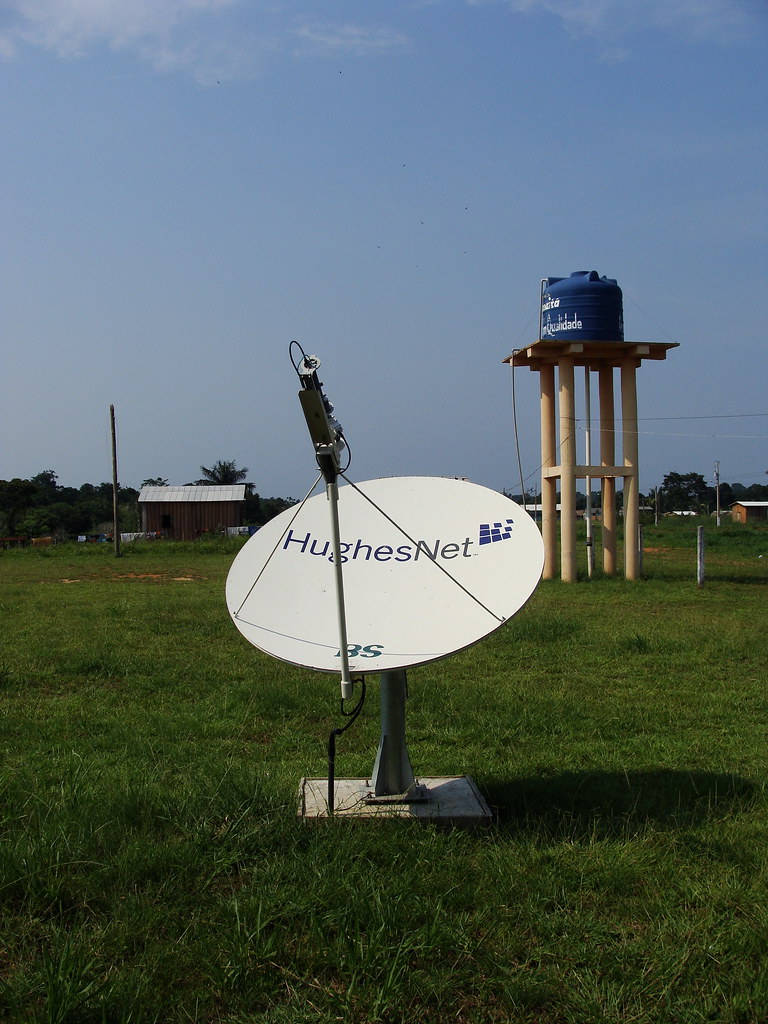If you’re experiencing the DSTV No Signal Error E48-32, here are some steps to help you fix the issue.
Clearing Errors and Rebooting the Decoder
To clear errors and reboot the decoder for DSTV No Signal Error E48-32, follow these steps:
1. Check all cable connections to ensure they are securely plugged in and not damaged.
2. Power off the decoder by unplugging it from the power source for at least 30 seconds.
3. Power the decoder back on and wait for it to fully restart.
If the error persists, you may need to perform a factory reset on the decoder. Keep in mind that this will erase all saved settings and recordings.
4. To perform a factory reset, locate the reset button on the decoder.
5. Press and hold the reset button for at least 10 seconds until the decoder restarts.
After the reset, you may need to reconfigure your settings and rescan for channels. If the issue continues, contact DSTV customer support for further assistance.
Checking and Securing All Connections
- Unplug all cables and connections
- Turn off your DSTV decoder and unplug all cables from the decoder and TV set.
- Ensure that all cables are clean and free from any dust or debris.
- Inspect the cables for any visible damage, such as cuts or frayed ends.
- Reconnect all cables securely
- Plug the cables back into their respective ports on the decoder and TV set.
- Ensure that each connection is secure and tight to avoid any signal loss.
- Double-check that the cables are plugged into the correct ports and are not loose.
- Power on the DSTV decoder and TV set
- Turn on the power to the decoder and wait for it to boot up.
- Turn on the TV set and switch to the correct input source for the decoder.
- Check if the signal error E48-32 has been resolved.
Assessing and Addressing Dish and LNB Status
If everything appears to be in order, try realigning the satellite dish to improve signal strength. Additionally, check the cables connecting your television to the satellite dish for any loose connections or damage.
If the issue persists, it may be necessary to contact a professional technician for further troubleshooting.
Managing Signal Loss Due to Rain Fade and Plant Growth

To manage signal loss due to rain fade and plant growth causing DSTV No Signal Error E48-32, ensure that there are no obstacles blocking the line of sight between your satellite dish and the satellite in the sky. Trim any overgrown branches or foliage that may be obstructing the signal.
Check for any signs of rust or damage on your satellite dish that may be affecting the signal strength. If there are any issues, consider getting a professional to repair or replace the dish.
Adjust the alignment of your satellite dish to optimize the signal reception. Use a satellite signal meter to help you find the best position for the dish.
Monitor the weather conditions and humidity levels in your area, as these factors can affect the signal strength. Consider installing a low-noise block downconverter (LNB) to help boost the signal during adverse weather conditions.
Troubleshooting Specific Channel Signal Issues
If you are experiencing a DSTV No Signal Error E48-32 on a specific channel, there are a few troubleshooting steps you can take to try and resolve the issue. The first thing to check is the cable connection between your decoder and the television. Make sure it is securely plugged in on both ends.
If the cable connection is secure, try resetting your decoder by unplugging it from the power source for a few minutes and then plugging it back in. This can often resolve signal issues.
Another step you can take is to check the signal strength on the affected channel. You can do this by going to the signal strength menu on your decoder and adjusting the dish alignment if necessary.
If the issue persists, try switching to a different channel to see if the problem is isolated to one specific channel or if it affects all channels. This can help pinpoint where the issue lies.
